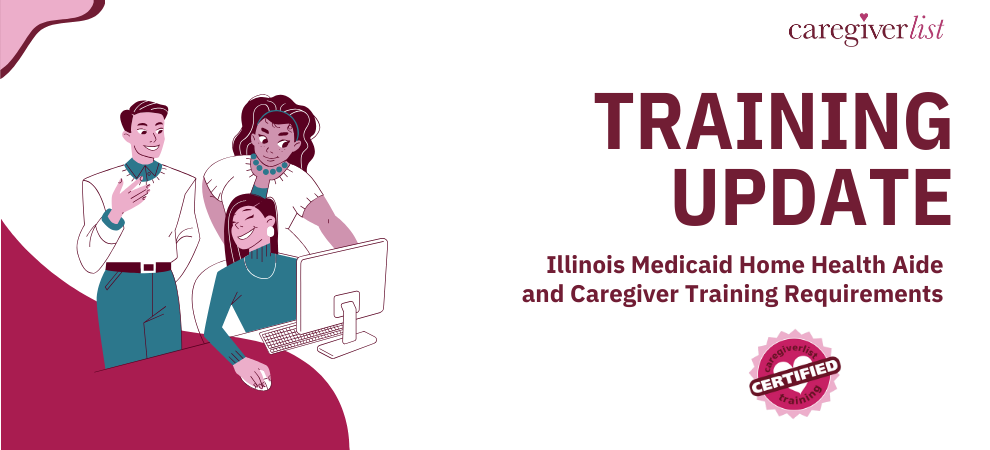Spoiled food can be identified by its appearance, smell, and texture. Signs include an off-putting odor, mold growth, changes in color, and a slimy or mushy texture. However, some pathogens like salmonella, norovirus or listeria, do not alter the appearance, smell, or taste of food, so maintaining cleanliness in food handling and proper storage are important to avoid contamination or foodborne illnesses.
Key practices include washing hands thoroughly with soap and water before and after handling food, cleaning all surfaces and utensils that come into contact with raw ingredients.
Remember when caring for seniors, you are a second set of eyes for household safety, including food. Regularly check their refrigerator and other food items to ensure they are all still fresh. As people age, they lose their sense of smell, assisting them by looking over their food and letting them know if anything needs to be thrown out.
Keep food properly cooled to avoid contamination and when refrigerating raw goods make sure that the refrigerator is kept at or below 40°F (4°C) and never leave them on the counter for more than 2 hours to keep bacteria from spreading. Keep food items separated as meat can contaminate other food items. When returning home from the grocery store, immediately place meat in the freezer.
Cooking temperatures must be followed to destroy pathogens. Wash your hands and utensils before and after preparing meat, just as you do before and after cooking any other foods. Using a food thermometer when cooking food on the grill or oven will help you confirm the food is heated to a high enough temperature to kill germs. Most bacteria cannot live above 120 degrees Fahrenheit. Meat usually requires higher temperatures, such as whole chicken requiring at least 180 degrees Fahrenheit.







